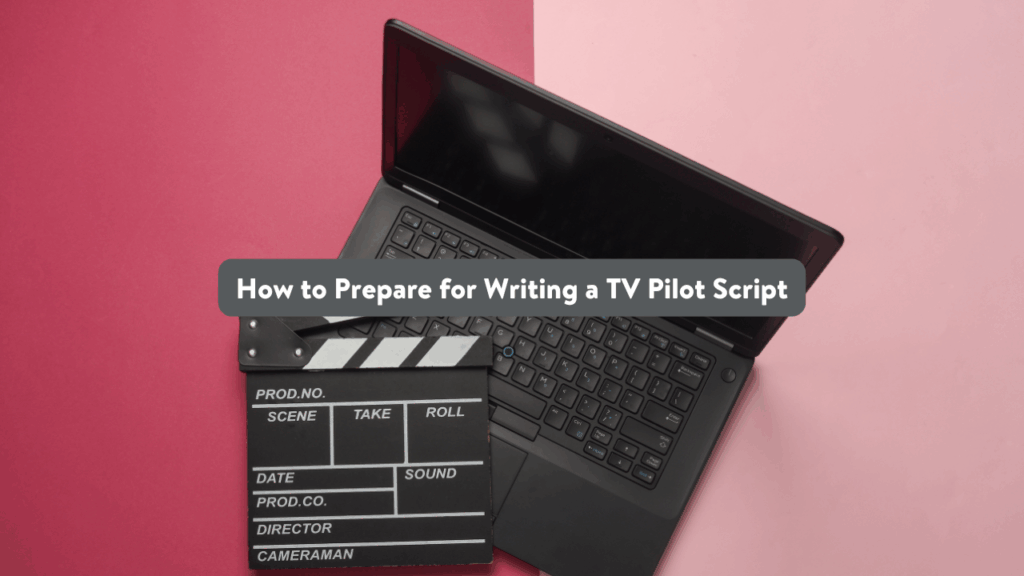This 10-Step Pilot Outline Will Actually Help You Finish Your Script

Let’s get one thing straight: writing a pilot without an outline is setting yourself up to fail.
Every time I lead a workshop, I hear the same thing: “I have ideas, but I don’t know how to start,” or worse, “I keep getting stuck in the middle.” The solution? Structure. And that’s where the 10-step pilot outline comes in.
It bothers me when people say they don’t have an outline! Why make a difficult process even harder. Remember, you’ll have to submit something to an executive to show proof of concept.
This outline is not here to box you in. It’s here to get you out of your own way. You don’t need a perfect draft—you need a roadmap. Something that breaks the script into manageable, clear beats with forward-momentum.
Let’s walk through the 10 steps I teach to help writers build a story that’s tight, character-driven, and finishable.
What the 10-Step Outline Does
Before we get into the steps, here’s why this structure works:
- It gives you a clear overview of your story from start to finish
- It breaks down your plot into bite-sized moments that are easier to write
- It keeps you from writing in circles or getting stuck halfway through
- It gives you a flexible structure that can evolve
And here’s the real key: each step should be one sentence. One beat. If you can’t summarize what’s happening at each point in a single line, the story isn’t ready yet.
The 10 Steps to a Strong Half-Hour Pilot
ACT ONE – Set the World and Disrupt It
1. Introduce the Show
This is where you set the tone, the vibe, the DNA of your show. What kind of world are we in? What’s the pace, the energy, the rules?
2. Character Introductions
We meet the protagonist or the core ensemble. What are they doing? Based on what they’re DOING, what do we learn about them without anyone saying it out loud?
3. New Information
Drop the thing that shakes it all up.This is the moment that tells us: this episode is not just a slice of life—something is happening.
ACT TWO – Push Your Characters and Raise the Stakes
4. Strong Start
The main character reacts to the new information. It might be confusion, denial, curiosity—but they start engaging with the problem.
5. First Obstacle
They try something—and it doesn’t work. Here’s where we start to see friction. The world is pushing back.
6. New Plan / Reaction
Your character recalibrates. What do they try now? How do they adapt or push harder?
7. Escalation
The stakes go up. The world gets more complicated, the relationships get tested, and now it’s personal.
ACT THREE – Deliver the Climax and Set Up the Series
8. Climax
Here’s your big moment. A choice, a confrontation, a reveal—whatever it is, this is where the tension peaks.
9. Resolution
We deal with the immediate aftermath. It doesn’t have to be tied up in a bow, but we need to feel like something changed.
10. TBD (To Be Determined)
This is your why-watch-next-week beat. Give us a glimpse of future conflict, a mystery, or a character twist that makes the audience lean in.
Practical Tip: One Sentence Per Step
I said it once and I’ll say it again! Don’t try to write paragraphs here. This isn’t the script—this is your compass. Each of these 10 beats should be one sentence. It should say: this is what happens. Not what might happen. Not what the theme is. Just: what happens in this beat of the story.
That one sentence becomes your jumping-off point for the scene. And once you’ve got all 10? You’re not just staring at a blank page anymore—you’re writing from momentum. If you need to go back and add detail to your outline before scripting, that’s okay! But starting with a strict one-sentence rule helps you trim fat and test your idea.
Why This Works
The biggest thing this outline gives you is clarity. Clarity about what your show is. Clarity about where it’s going. And clarity for when someone asks what your pilot is about.
You don’t have to know every joke or every camera angle yet. But you do need a foundation. A spine. A map.
So if you’re stuck, if you’ve got an idea that keeps stalling, or if you’ve been rewriting the same five pages for six months—stop. Back up. Try this 10-step outline. One sentence per beat. Then go write the bad version.
And when you finish that first draft? You’ll have something real to work with.
Ready to finally finish that pilot? Join LaGina Hill’s GOLD Label course, Finish Your Pilot, starting July 12, 2025. Whether you’re stuck on page one or deep in rewrite limbo, this focused, no-fluff workshop will get you to a complete draft—fast. Let’s get it done.




